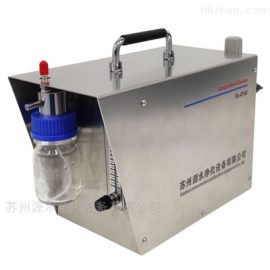Pain Management with Acupuncture Therapy

# Pain Management with Acupuncture Therapy
Understanding Pain and Acupuncture
Pain is a complex and subjective experience that affects millions of people worldwide. While conventional medicine offers various pain management options, many individuals seek alternative therapies like acupuncture for relief. Acupuncture, a key component of Traditional Chinese Medicine (TCM), has been practiced for thousands of years and continues to gain recognition in Western medicine as an effective pain management tool.
How Acupuncture Works for Pain Relief
Acupuncture involves the insertion of thin, sterile needles into specific points on the body known as acupoints. According to TCM theory, this process helps restore the flow of qi (vital energy) along meridians or pathways in the body. From a Western medical perspective, acupuncture is believed to:
- Stimulate the release of endorphins, the body’s natural painkillers
- Reduce inflammation by promoting circulation
- Modulate pain signals in the nervous system
- Trigger the release of neurotransmitters that affect pain perception
Types of Pain Treated with Acupuncture
Acupuncture therapy has shown effectiveness in managing various types of pain, including:
Chronic Pain Conditions
Many patients find relief from chronic conditions such as osteoarthritis, fibromyalgia, and chronic lower back pain through regular acupuncture treatments. Studies have demonstrated significant pain reduction and improved quality of life for individuals with these conditions.
Acute Pain
Acupuncture can be beneficial for acute pain situations like post-operative pain, sports injuries, or dental procedures. Some hospitals now incorporate acupuncture into their pain management protocols for surgical patients.
Headaches and Migraines
Numerous clinical trials have shown that acupuncture can reduce the frequency and intensity of tension headaches and migraines. Many patients report fewer headache days and decreased reliance on medication after acupuncture treatment.
What to Expect During an Acupuncture Session
A typical acupuncture session for pain management follows these general steps:
- Initial assessment: The practitioner will discuss your pain symptoms, medical history, and treatment goals.
- Diagnosis: Using TCM diagnostic methods (pulse reading, tongue examination), the practitioner identifies imbalances.
- Treatment: Fine needles are inserted at specific points, often near the pain site or at distal points.
- Rest period: Patients typically rest with needles in place for 15-30 minutes.
- Needle removal: The practitioner removes all needles and may provide self-care recommendations.
Scientific Evidence Supporting Acupuncture for Pain
Recent research has provided substantial evidence for acupuncture’s effectiveness in pain management:
- A 2018 meta-analysis published in the Journal of Pain found acupuncture superior to both sham acupuncture and no acupuncture for chronic pain.
- The American College of Physicians includes acupuncture in its clinical guidelines for treating low back pain.
- NIH research shows acupuncture can activate the body’s natural opioid system to reduce pain perception.
Combining Acupuncture with Other Therapies
For optimal pain management, acupuncture is often combined with:
- Physical therapy exercises
- Herbal medicine formulations
- Mind-body practices like tai chi or qigong
- Dietary modifications based on TCM principles
This integrative approach addresses pain from multiple angles, potentially enhancing treatment outcomes
Keyword: Pain acupuncture


